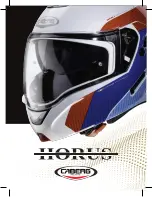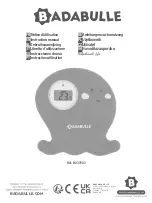
24
!
Review your vehicle owner’s manual for more information about air bags and
car seat use.
!
If your vehicle does not have a back seat, review your vehicle owner’s manual.
!
Children are safer riding rear-facing and should ride rear-facing as long as
possible, until they reach the maximum rear-facing height or weight rating
for their car seat. Then children should ride forward-facing, using the built-in
harness system for as long as possible until they reach the maximum forward-
facing weight or height for their car seat. At that point, children should ride in
a belt-positioning booster seat. A booster is no longer needed once the vehicle
seat belt fits properly, typically when they reach 145 cm (4 feet 9 inches) tall
and are between ages 8-12. Be sure to check your Provincial/Territorial Laws,
as well as AAP and Transport Canada recommendations, for car seat usage.
!
Choose the correct mode of use for the car seat depending on your child’s
size. Infants less than 10 kg (22 lb) and cannot walk unassisted MUST use
this car seat rear-facing.
!
Select a suitable location for the car seat in your vehicle.
!
Secure car seat with a vehicle seat belt or UAS that is properly routed as
shown in this manual.
!
Vehicle seat belt system MUST hold car seat securely. Not all vehicle seat
belts can be used with a car seat.
!
If vehicle seat belt does not hold car seat securely, read “Vehicle Seat Belts”
section 9-D and your vehicle owner’s manual.
!
DO NOT use car seat if it is damaged or missing parts.
















































